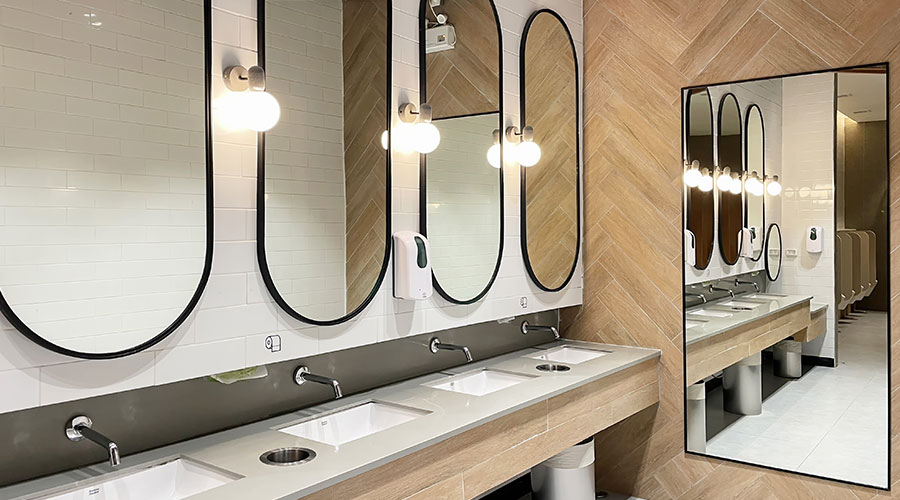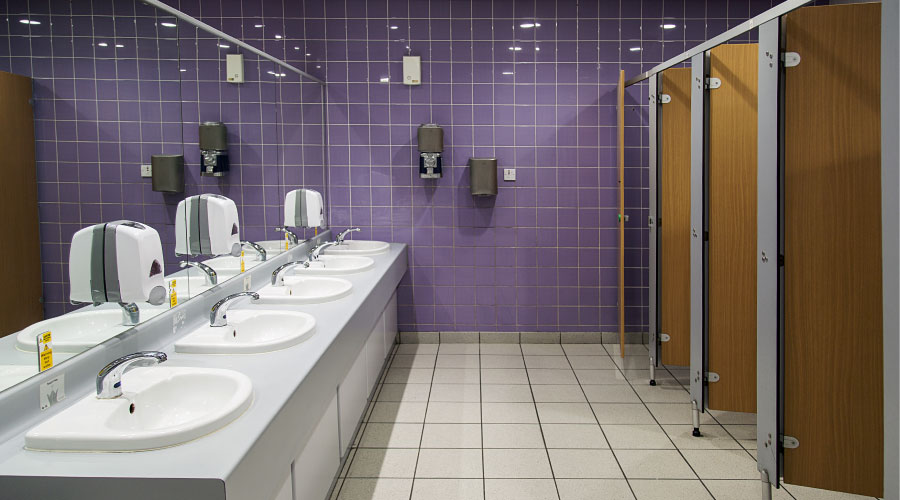Plumbing: No-Touch Fixtures Improve Restroom Hygiene
Studies have shown that one common way germs, bacteria and illnesses pass between people involves contact with untreated restroom fixtures, including toilets, urinals, sinks, and dispensers for paper towels, soaps and sanitizers. Each flush launches thousands of microbes into the air that fall onto surfaces and fixtures. It takes just one hour for germs on a sink handle to multiply by a factor of 16.
Besides the improved sanitation and odor reduction that upgrades incorporating hands-free, sensor-operated flushers can provide, they have been shown to be cost-effective, as well. They reduce water consumption due to the better-controlled flow times and volumes. Also, estimates put the savings from decreasing employee absence due to illness at $400 per occurrence. Beyond that, according to other estimates, a healthy employee on the job is 20 percent more productive than a sick employee and does not pose the risk of spreading the illness.
No-touch fixtures offer other benefits. For example, while occupants cannot see germs, they can see dingy surfaces and smell odors, and odor, poor cleanliness, and empty dispensers rank as the most common restroom complaints. Managers can eliminate sources of these complaints and, at the same time, improve hygiene and costs by converting manually operated sink faucets, toilet flush handles, and paper hand cleaners to hands-free, sensor-operated units.
Also, technicians can easily retrofit no-touch units onto existing fixtures. They are battery-operated and require battery changes only once a year. Automatic sink faucets and soap and paper dispensers also eliminate a major source of cross-contamination. The touch-free units make hand washing and drying much more sanitary. Touch-free hand dryers are faster and easier to use, they do not require paper refills, and they help maintain the high standards of a touch-free restroom.
Properly installed, no-touch fixtures meet the requirements of the Americans with Disabilities Act.
Related Topics:














